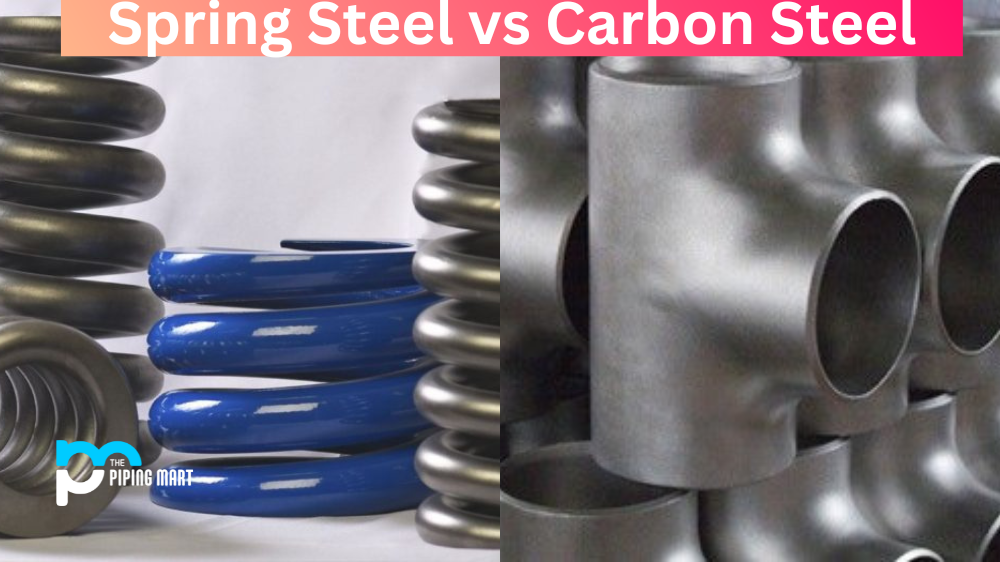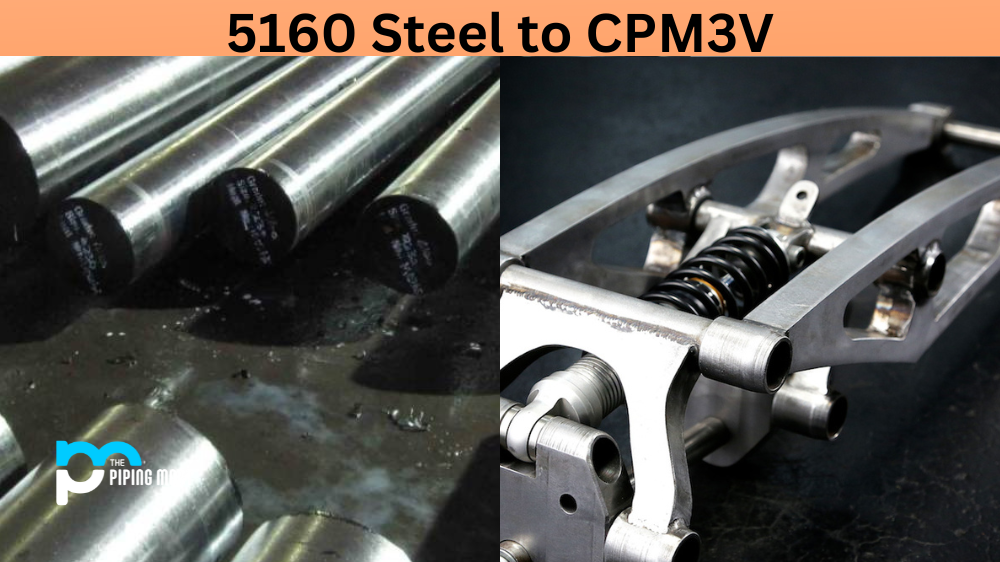When it comes to metal fabrication, there are two types of steel that are commonly used: spring steel and carbon steel. Both have their own unique properties and benefits, but what is the difference between them? This blog post will provide an in-depth comparison of spring steel and carbon steel to help you decide which one is best for your project.
Spring Steel Properties
Spring steel is a type of alloy made up of a combination of carbon, manganese, phosphorus, silicon, chromium, and other elements. It has an excellent combination of strength and elasticity, making it ideal for applications that require resilience, like springs or shock absorbers. Spring steel also has very good fatigue resistance, which means it can withstand repeated flexing without breaking. The downside is that spring steel can be brittle at low temperatures, so it may not be suitable for use in cold climates.
Carbon Steel Properties
Carbon steel is one of the most commonly used metals in the world because it’s easy to find and relatively inexpensive compared to other alloys. Unlike spring steel, carbon steel does not contain any alloying elements other than carbon; this makes it more prone to corrosion than other steels but also gives it better machinability properties. Carbon steels also have good strength and ductility properties, so they can be bent or formed into various shapes without breaking. The downside is that carbon steels tend to be more brittle compared to other metals, so they may not be suitable for applications that require flexibility, like springs or shock absorbers. 3. The difference between spring steel and carbon steel
The main difference between spring steel and carbon steel is that spring steel is designed to be more flexible, while carbon steel is designed to be stronger. Spring steel typically contains more carbon than carbon steel, which gives it increased flexibility. However, this also makes spring steel less strong than carbon steel.
Spring steel Uses
Spring steel is often used in the manufacture of springs, as its high level of flexibility makes it ideal for this application. Spring steel is also sometimes used in the construction of knives and other cutting tools, as its flexibility makes it resistant to breakage.
Carbon steel Uses
Carbon steel is often used in the construction of bridges and other structures where strength and durability are important. Carbon steel is also commonly used in the manufacturing of cars and other vehicles, as it provides excellent strength and durability.
Which one should you use?
The choice between spring steel and carbon steel depends on the application for which the material will be used. If flexibility is more important than strength, then spring steel may be the better choice. However, if strength is more important than flexibility, then carbon steel may be the better choice.
Conclusion:
Both spring steel and carbon steel have their own unique benefits and drawbacks depending on the application they’re being used for. Spring steels are great for applications that require flexibility as well as good fatigue resistance, while carbon steels offer good machinability properties along with strong strength and ductility characteristics. Ultimately, the choice between these two types of metal will depend on your project’s needs, so make sure you consider all the pros and cons before making a decision. No matter which type of metal you choose, though, you can be sure that both spring steel and carbon steel will provide an excellent result!

Meet Bhavesh, a seasoned blogger with a wealth of knowledge and experience. From metal products manufacturing to retail, Bhavesh has a diverse background in various industries and is dedicated to sharing his insights and expertise with readers.




